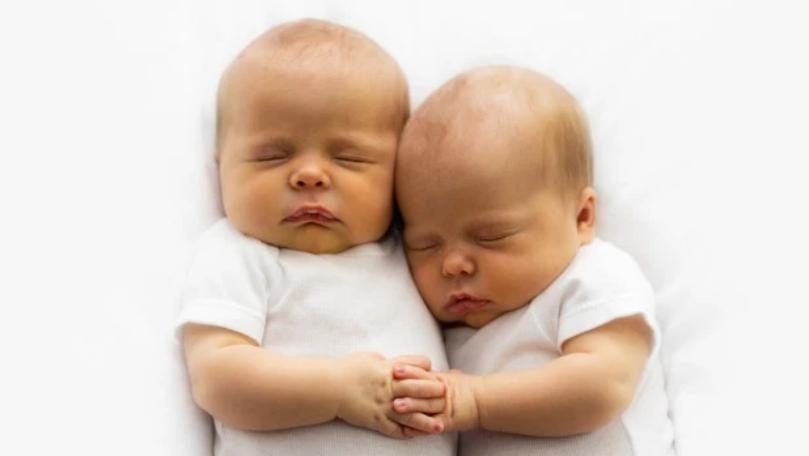New York Post
After decades of steady climbing, the birth rate for twins fell in the US for the first time since the 1980s, according to a new report released by the Centers for Disease Control and Prevention. The 2018 twin birth rate was the lowest in a decade, dropping 4% between 2014 and 2018, the report found.
Experts say the decline is due to better technology for fertility treatment procedures, which was the reason for the decades of increased twin birth rates to begin with: From 1980 to a peak in 2007, twin birth rates more than doubled. From 2007 to 2014, the number fluctuated before steadily declining over the past five years.
“Changes to fertility enhancement therapies are definitely part of the equation,” Joyce Martin, a statistician with the National Center for Health Statistics and co-author of the report, tells NPR.
In the past, multiple embryos were transferred to patients at a time, which increased the odds of the procedure working, but also made the possibility of having twins much greater. Now, with improved technology, doctors are witnessing the same success rates but with fewer multiples.
“The technology is much more mature,” Dr. Kevin Doody, director of the Center for Assisted Reproduction in Texas, tells NPR. “We went from being able to grow embryos in the laboratory for two days to now it’s five or six days, and that enables us to better select healthy embryos.”
The biggest declines came with those of an “advanced” maternal age (women 40 and over), but women in their 30s saw significant drops as well. This, experts say, lines up well with the fertility treatment theory.
And while this cuts down on the cute factor, experts say it’s actually a health win, since twins are “more likely to be born too early and too small and are more likely to die in the first year of life [than] singletons,” Martin says.
Doody puts it this way: “When it comes to twins - it’s not ‘buy one, get one free.’ From a medical standpoint, it’s a risk.”









